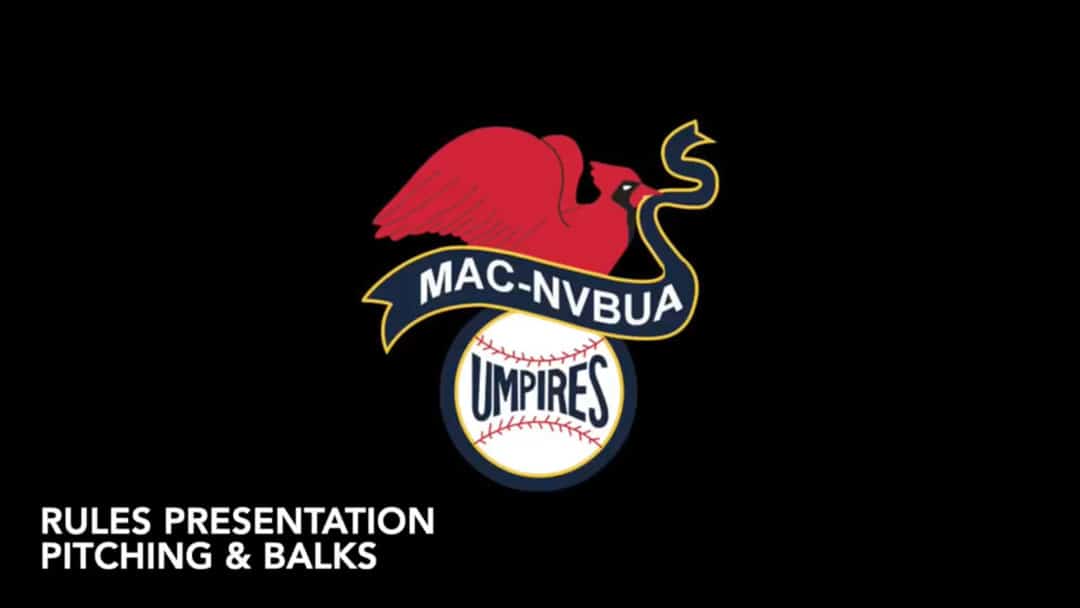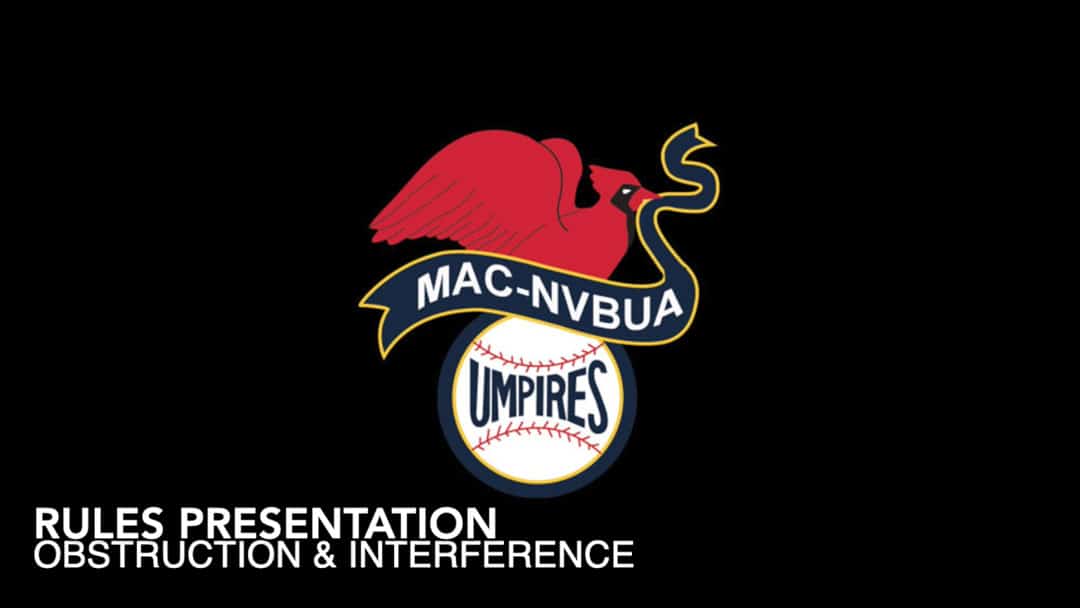Steal Plays At Home Plate
by Bob Nasser
This is my first foray into this rules article stuff, so bear with me. A fellow umpire asked me to do a quick article about what happens when a player is attempting to steal home and is hit by the pitch, as this happened in his game. I will expand this to include simply how to adjudicate steals of home in general. Going forward, if anyone has an area of the rules or a rules-related issue they wish to see covered in Blue Crew News, please email me at [email protected].
The first determination on any steal of home plate and the pitcher throws it home is whether or not the pitcher stepped off the pitching plate. If the pitcher steps off the pitching plate, then this is a throw and not a pitch. The batter may not strike at the throw, as it is not a pitch, and if the batter does attempt to hit the throw, it would be interference on the batter; the batter would be out if there were two outs, and the runner would be out if there were fewer than two outs (see rule 7-3-5 penalty).
If the pitcher does not step off the pitching plate and legally delivers a pitch, the next consideration is that the catcher may not hinder the batter or step “across” home plate (see rules 8-3-1 and 8-3-2 and case play 8-3-1 situation B). The rules do not define what stepping across home plate means, but case play 8-1-1 situation F states that if the catcher reaches out over home plate, once the pitcher has begun the pitching motion, it is catcher’s obstruction. I would define this as reaching past a line parallel to the pitcher’s plate and intersecting the point of the plate. Note that the batter need not attempt to hit the pitch for there to be catcher’s interference. If there is catcher’s interference, award bases as per rule 8-1-1e, that is…award the batter first base, all runners attempting to advance at the time of the obstruction advance, and runners who were not advancing, stay where they were unless forced by the batter advancing.
Assuming the batter and catcher act legally and the pitch hits R3 scoring from third, this is addressed in case play 8-3-1 situation A, which reads as follows:
With R3, R2, and R1 … and (a) two outs or (b) one out, R3 attempts to steal home. With a 1-2 count, the pitch hits R3 in the strike zone. In both a and b, the ball becomes dead immediately (rule 5-1-1(a)) and the batter is out because of a third strike. In (a) no run is scored since the batter became the third out. In (b), all base runners are awarded one base from the time of the pitch and R3 scores (rule 8-3-1(a)).
If the ball is not in the strike zone, the pitch should be ruled a ball, and a ball added to the count, and the runners all advance one base.
Table of Contents
Issue #14 – September 15, 2025
Letters to the editors welcome at [email protected]

MACNV Association Meeting: May 18, 2025
Replay of the MAC-NV Association Meeting via Zoom on Sunday, May 18, 2025

Rules Presentation: Pitching
Rules Presentation on NFHS Pitching Rules pre-recorded by Greg McEvoy in May, 2025.

Rules Presentation: Obstruction & Interference
Replay of the Rules Presentation on Obstruction & Interference by Greg McEvoy held via Zoom on Sunday, April 27, 2025.